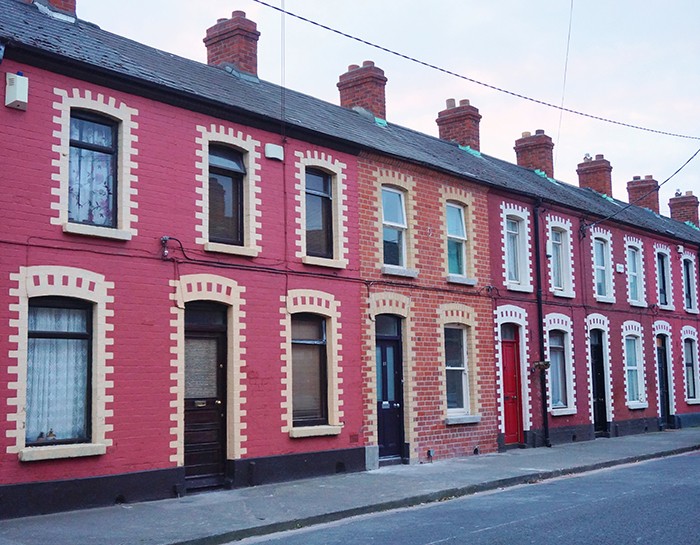One-fifth of all property sales in the first quarter of 2019 were to large international investors and real estate investment trusts.
A new report from the Banking and Payments Federation Ireland (BPFI) shows the extent to which investors are impacting on the private housing market in Ireland.
Typically, buy-to-let investors represented a huge sector of the housing market, but, according to the BPFI’s report on the market in the first quarter of this year, this sector has decreased sharply. So-called ‘cuckoo funds’ are taking their place.
These funds include large institutional investors, such as pension funds, specialist private rental firms, and real estate investment trusts (REITs).
Ali Ugur, chief economist, with BPFI, said that individual investors accounted for just 2.5% of mortgage drawdowns in 2018, despite the number of mortgage drawdowns tripling between 2013 and 2018.
“During the same period, we have seen increased activity by the nonhousehold sector, which includes companies such as pension funds, specialist private rental firms, and real estate investment trusts in the domestic residential property market.
“For example, in Q1 2019, non-households accounted for around 20% of all market purchases.
"This, in a way, shows that, to a significant extent, buy-to-let sector investors, which have been traditionally individual investors, have been replaced by institutional investors in the Irish housing market over the last 10 years, particularly in the new apartment sector.
Mr Ugur warned that “a number of stakeholders” are needed to resolve the issues in the housing market, both from the public and private sector. Elsewhere, the BPFI reports shows that there is strong growth in many parts of the housing market.
House-building is increasing, with 5,800 housing commencements in the first quarter of 2019, an increase of 31.6% compared to the same period in 2018. There were also 4,275 dwelling completions in the first quarter of the year, a 23.2% increase on the same period in 2018.
There has also been a slight increase in the number of dwellings listed for sale, at 14,033. This is 4.4% higher than Q1 2019. There was also a slight drop in the number of completed transactions, but mortgage approvals and drawdowns both increased, by 9.2% and 8.9%, respectively.







